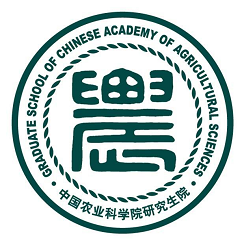Milk protein adulteration detection via mass spectra and infrared spectroscopy
Supervisors
Hélène Soyeurt
Vincent Baeten
Wang Jiaqi
Thesis committee
Yves Beckers
Christophe Blecker
Marie-Laure Fauconnier
Zheng Nan
Research topic
Milk has been considered as complete food for its rich protein, fat, and kinds of micro nutrient. Alike other foods produced in large scale, milk and dairy products are also likely to subject to fraud.
Food safety events, like Swill milk in the 1850s and melamine in dairy products in 2008, arouse people’s attention to public health. Kinds of protein analogue and non-milk fat are found to be adulterated in milk in practice. Vegetable protein is one possible candidate for its extensive source. In addition, illegal reconstituted milk appeared in market hurt dairy farmers seriously. Particular fatty acids pair, sterols, and triacylglycerols have been considered as marker of milk fat adulteration.
Various technologies were employed to detect spiked milk in previous reports. Besides modern instrument analytical methods, such as matrix assisted laser desorption/ionization-mass spectrophotometry (MALDI-MS), nuclear magnetic resonance (NMR), high performance liquid chromatography (HPLC), liquid chromatography–tandem mass spectrophotometry (LC–MS/MS), gas chromatography–mass spectrometry (GC–MS), and vibrational spectroscopy and chemiluminescence (CL), sensor technology was also found to be effective to detect melamine spiked in dairy products.
Infrared spectroscopy is an appealing technology for the food industry, because simple, rapid, and nondestructive measurements of chemical and physical components can be obtained. This project was designed to detect potential adulteration of plant protein in milk, and differentiate the protein analogue appeared in milk as adulterants using infrared spectroscopy.

